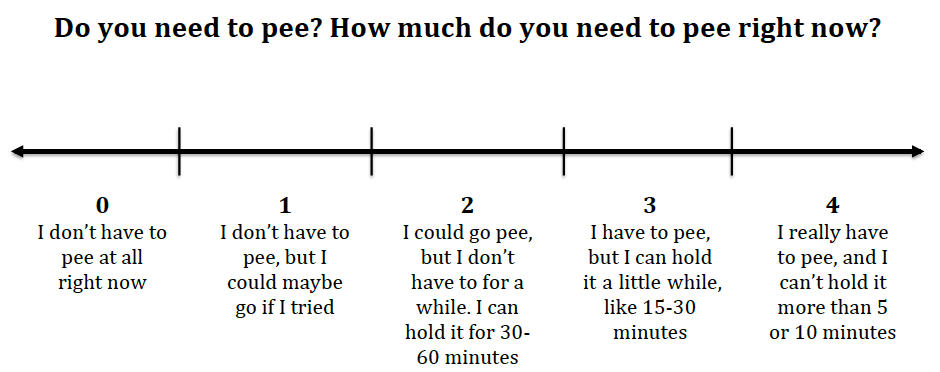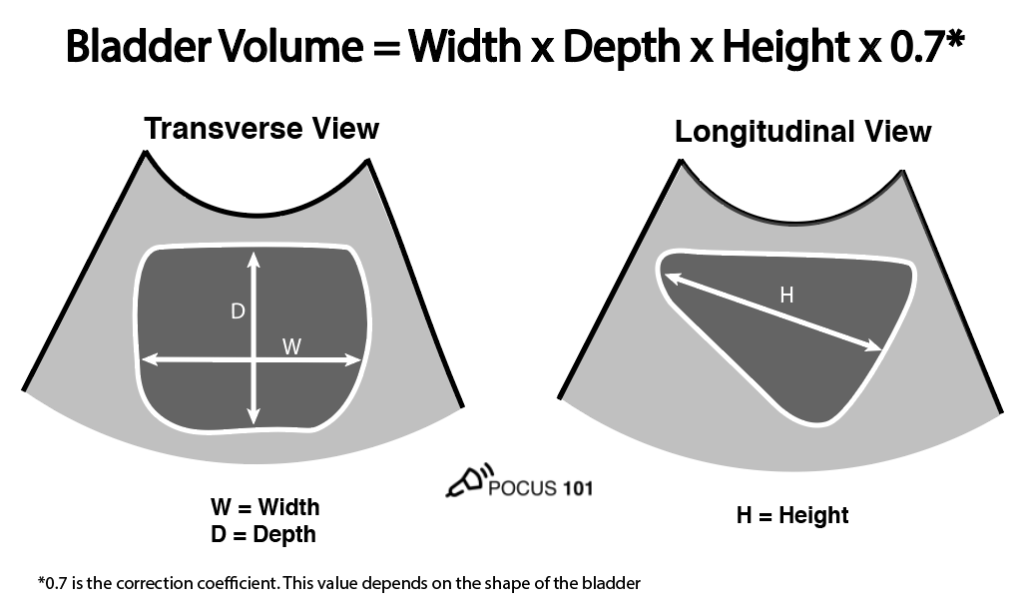
If the retention is due to neurological damage, there is a disconnect between the brain to muscle communication, which can make it impossible to completely empty the bladder. Ĭhronic urinary retention that is due to bladder blockage which can either be as a result of muscle damage or neurological damage. Surgery related: Operative times longer than 2 hours may lead to an increased risk of postoperative urinary retention 3-fold.Benign prostatic hyperplasia: Men with benign prostatic hyperplasia are at an increased risk of acute urinary retention.Spinal anesthesia shows a higher risk of postoperative urinary retention compared to general anesthesia. Spinal anesthesia results in a blockade of the micturition reflex. General anesthetics can directly interfere with autonomic regulation of detrusor tone and predispose people to bladder overdistention and subsequent retention. Anesthesia: General anesthetics during surgery may cause bladder atony by acting as a smooth muscle relaxant.Medications: Anticholinergics and medications with anticholinergic properties, alpha-adrenergic agonists, opiates, nonsteroidal anti-inflammatories (NSAIDs), calcium-channel blockers and beta-adrenergic agonists, may increase the risk.The risk of postoperative urinary retention increases up to 2.11 fold for people older than 60 years. Age: Older people may have degeneration of neural pathways involved with bladder function and it can lead to an increased risk of postoperative urinary retention.STD lesions ( gonorrhoea causes numerous strictures, leading to a "rosary bead" appearance, whereas chlamydia usually causes a single stricture).Obstruction in the urethra, for example a stricture (usually caused either by injury or STD), a metastasis or a precipitated pseudogout crystal in the urine.Prostate cancer and other pelvic malignancies.Iatrogenic (caused by medical treatment/procedure) scarring of the bladder neck (commonly from removal of indwelling catheters or cystoscopy operations).Neurogenic bladder (commonly spinal cord damage, pelvic splanchic nerve damage, cauda equina syndrome, pontine micturition or storage center lesions, demyelinating diseases or Parkinson's disease).Those with long-term problems are at risk of urinary tract infections. When of gradual onset, symptoms may include loss of bladder control, mild lower abdominal pain, and a weak urine stream. When the onset is sudden, symptoms include an inability to urinate and lower abdominal pain. In males over the age of 40 about 6 per 1,000 are affected a year. Males are more often affected than females. Other treatments may include medication to decrease the size of the prostate, urethral dilation, a urethral stent, or surgery. Treatment is typically with a catheter either through the urethra or lower abdomen. Diagnosis is typically based on measuring the amount of urine in the bladder after urinating. Medications that can cause problems include anticholinergics, antihistamines, tricyclic antidepressants, cyclobenzaprine, diazepam, nonsteroidal anti-inflammatory drugs (NSAID), amphetamines, and opioids. Nerve problems can occur from diabetes, trauma, spinal cord problems, stroke, or heavy metal poisoning. Blockage can be caused by benign prostatic hyperplasia (BPH), urethral strictures, bladder stones, a cystocele, constipation, or tumors. Ĭauses include blockage of the urethra, nerve problems, certain medications, and weak bladder muscles.

When of sudden onset, symptoms include an inability to urinate and lower abdominal pain. Urinary retention is an inability to completely empty the bladder. Long term: Frequent urination, loss of bladder control, urinary tract infection īlockage of the urethra, nerve problems, certain medications, weak bladder muscles Īmount of urine in the bladder post urination Ĭatheter, urethral dilation, urethral stents, surgery Īlpha blockers such as terazosin, 5α-reductase inhibitors such as finasteride Ħ per 1,000 per year (males > 40 years old) Sudden onset: Inability to urinate, low abdominal pain

Urinary retention with greatly enlarged bladder as seen by CT scan.

Ischuria, bladder failure, bladder obstruction


 0 kommentar(er)
0 kommentar(er)
